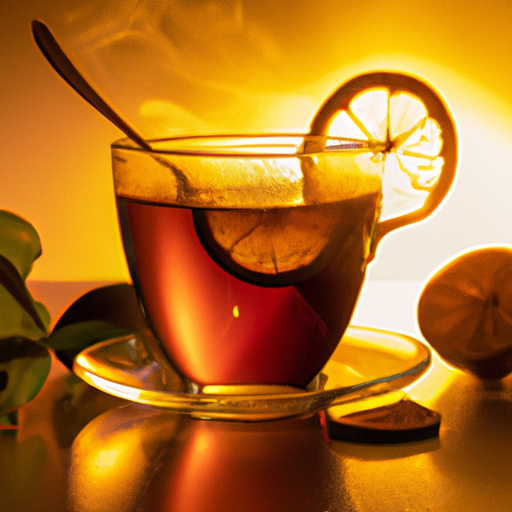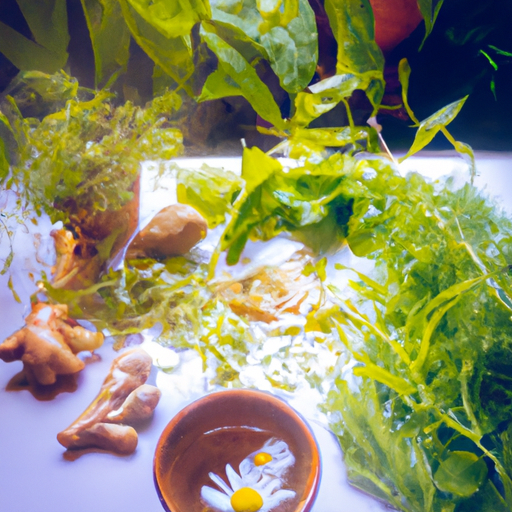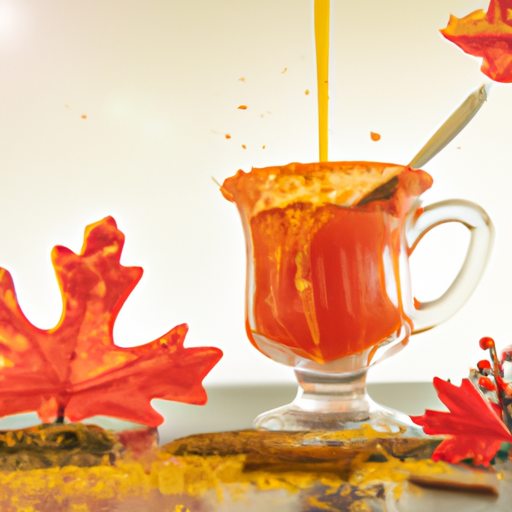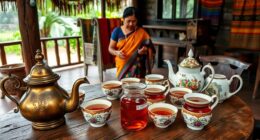Did you know that Matcha is not your average tea? It is a time-honored Japanese green tea that brings a wealth of flavor and cultural heritage. Its striking green hue and special manufacturing method make Matcha a genuine masterpiece.
And here’s an interesting statistic to pique your curiosity: Matcha is more expensive than other teas due to the labor-intensive process involved in its production. But trust me, it’s worth every penny.
As a tea enthusiast, I am captivated by the magic of Matcha. The journey of this extraordinary tea starts with shade-grown tea leaves that are meticulously ground into a fine powder. This process not only enhances the flavor but also gives Matcha its rich green color.
But Matcha is not just about its visual appeal; it also offers numerous health benefits. Packed with antioxidants, vitamins, and minerals, Matcha boosts metabolism, detoxifies the body, and calms the mind.
Join me on a journey to explore the wonders of Matcha, from its production and processing to its health benefits. Let’s delve into the world of flavor and tradition that Matcha has to offer.
Get ready to indulge in the magic of Matcha, a tea like no other.
Key Takeaways
- Matcha is a type of Japanese green tea that is stone-ground into a fine powder.
- Matcha is more expensive than other teas due to the long and complicated process of making it.
- Matcha is used in beverages like boba tea and tea lattes, as well as in salad dressing, baking, and ice cream.
- Matcha has gained international recognition for its health benefits, visual appeal, flavor, and cultural ties.
What is Matcha?
I know that Matcha is a type of Japanese green tea that is stone-ground into a fine powder and is more expensive than other teas due to its labor-intensive process. Matcha has a rich history and holds significant cultural significance in Japan.
It has been used for centuries in traditional tea ceremonies, where the preparation and serving of Matcha are considered an art form. The practice of drinking Matcha became popular during the 12th century and was embraced by Buddhist monks to aid in meditation. Over time, Matcha spread beyond the monastic community and became a beloved beverage among the general population.
Today, Matcha is not only enjoyed for its unique flavor and vibrant green color, but also for its numerous health benefits. It’s truly a magical drink that combines tradition, flavor, and wellness.
Production and Processing
Shaded from the sun like a secret treasure, the tea leaves used to make Matcha undergo a meticulous process of harvesting, grinding, and refining to create a vibrant green powder that captivates the senses.
Factors affecting Matcha quality include the cultivation method, harvesting time, and processing techniques.
Matcha is traditionally prepared by sifting the powder into a bowl, adding hot water, and whisking it vigorously until frothy. This method ensures a smooth and velvety texture, as well as a balanced flavor profile.
The traditional Matcha preparation techniques have been passed down through generations and are still practiced in tea ceremonies today. These techniques not only enhance the flavor and aroma of the Matcha but also create a sense of calm and tranquility, making the experience of drinking Matcha truly magical.
Health Benefits
One cannot deny the numerous health benefits associated with consuming Matcha Green Tea. Matcha isn’t just a delicious beverage, but it’s also a powerhouse of nutrients. It’s rich in antioxidants called catechins, which help protect the body against damage from free radicals. These antioxidants also have anti-inflammatory properties, which can help reduce the risk of chronic diseases.
Additionally, Matcha contains a natural compound called EGCG, which has been shown to boost metabolism and aid in weight loss. Many people enjoy incorporating Matcha into their daily routine by trying out various Matcha recipes. From Matcha smoothies to Matcha lattes and even Matcha desserts, the possibilities are endless.
Whether you’re looking to improve your overall health or shed a few pounds, Matcha is a great choice to add to your diet.
Frequently Asked Questions
How do I choose the best quality Matcha?
When it comes to choosing the best quality matcha, there are a few tips and tricks to keep in mind. Look for reputable brands with a rich green color, consider the origin and production date, and most importantly, trust your taste preference. Happy matcha hunting!
What is the difference between ceremonial grade and culinary grade Matcha?
Culinary grade matcha is more affordable and better suited for cooking and baking, while ceremonial grade matcha is higher quality and used in traditional tea ceremonies. Both have health benefits, but ceremonial matcha has a smoother and more delicate taste.
Can Matcha be used in cooking and baking?
Yes, matcha can be used in cooking and baking. It adds a vibrant green color and a unique flavor to desserts like cakes, cookies, and ice cream. It can also be used to create delicious matcha-infused savory dishes.
How is Matcha different from other types of green tea?
Matcha is different from regular green tea because it is stone-ground into a fine powder, while regular green tea is typically steeped. This allows us to consume the whole tea leaf, maximizing the health benefits of matcha, such as its high antioxidant content.
Are there any specific rituals or traditions associated with drinking Matcha?
Tea ceremonies are an integral part of Japanese culture, and matcha plays a significant role in these rituals. The preparation and serving of matcha involve specific steps and utensils, symbolizing harmony, respect, and tranquility. The cultural significance of matcha is deeply rooted in tradition.
Conclusion
In conclusion, Matcha is not just a tea, but a magical experience that tantalizes the taste buds and transports you to the rich traditions of Japan.
Its vibrant green color, distinct flavor, and unique production process make it a truly special beverage.
Did you know that the labor-intensive process of grinding Matcha leaves into a fine powder can take up to an hour for just 30 grams of tea? This statistic paints a picture of the meticulous care and attention that goes into creating each cup of Matcha, making it all the more special and worth savoring.
So, why not indulge in the magic of Matcha and embark on a flavorful journey like no other?










